Early on September 8th I collected a vehicle at a Melbourne Hertz rent-a-car and begin a two-day drive to Adelaide via the Great Ocean Road. My Frommer's guide describes this road as "One of the World's Most Scenic Drives." That would be hard to dispute.
First Day
Second Day
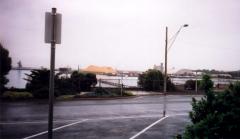 |
Portland. Not Oregon or Maine, but Victoria. This little coastal village was where I decided to stop and find a motel for the night. In the morning I took this picture from the driveway of the motel before setting off for Adelaide. |
 |
My first stop on the road to Adelaide was the Naracoorte Caves Conservation Park. First, I wandered through the Wonambi Fossil Centre which has displays of modern and extinct Australian fauna. Then I went on the self-guided tour through the "Wet Cave," a series of underground caverns. This picture is shot from inside the cavern looking back at the entrance. |
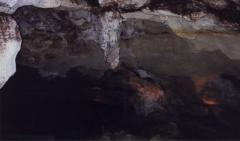 |
A picture from inside the caves (picture 1). |
 |
A picture from inside the caves (picture 2). |
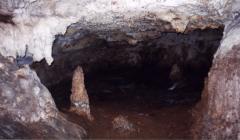 |
A picture from inside the caves (picture 3). |
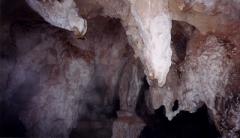 |
A picture from inside the caves (picture 4). |
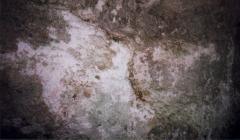 |
Interesting texture. Note: If you click on the thumbnail, you will see a 2000x1168 pixel image. You are welcome to download and use this texture for your own purposes. |
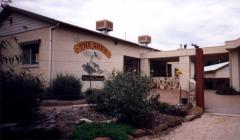 |
18 kilometers east of Adelaide is the Warrawong Santuary, one of a number of sites in Australia that have been created to preserve the native flora and fauna. Here is a picture of the sanctuary entrance. |
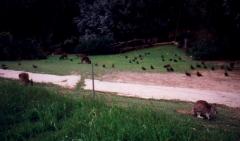 |
This santuary is not government-run, but is a private effort designed to deal with government's inability to act. To quote from a pamphlet: "In 1969, Dr John Wansley established Warrawong Santuary in the Adelaide Hills as a way of showing what could be done. He fenced 35 acres with fox and cat-proof fencing, replaced habitats, put back the animals that used to live there -- and they thrived!" Here is a picture of some thriving kangaroos (one of which I had the chance to pet during the tour). There are also bandicoots, wallabies, battongs and (hard to see) platypuses. The sanctuary's website is http://www.esl.com.au. |
Third Day
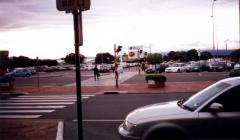 |
I stayed the night at a motel near the Adelaide airport, and I dropped my car off early the next morning before flying to Alice Springs.
This is really all I saw of the city :( |
©2000-2001 Joe Pearce. All rights reserved.
![]()